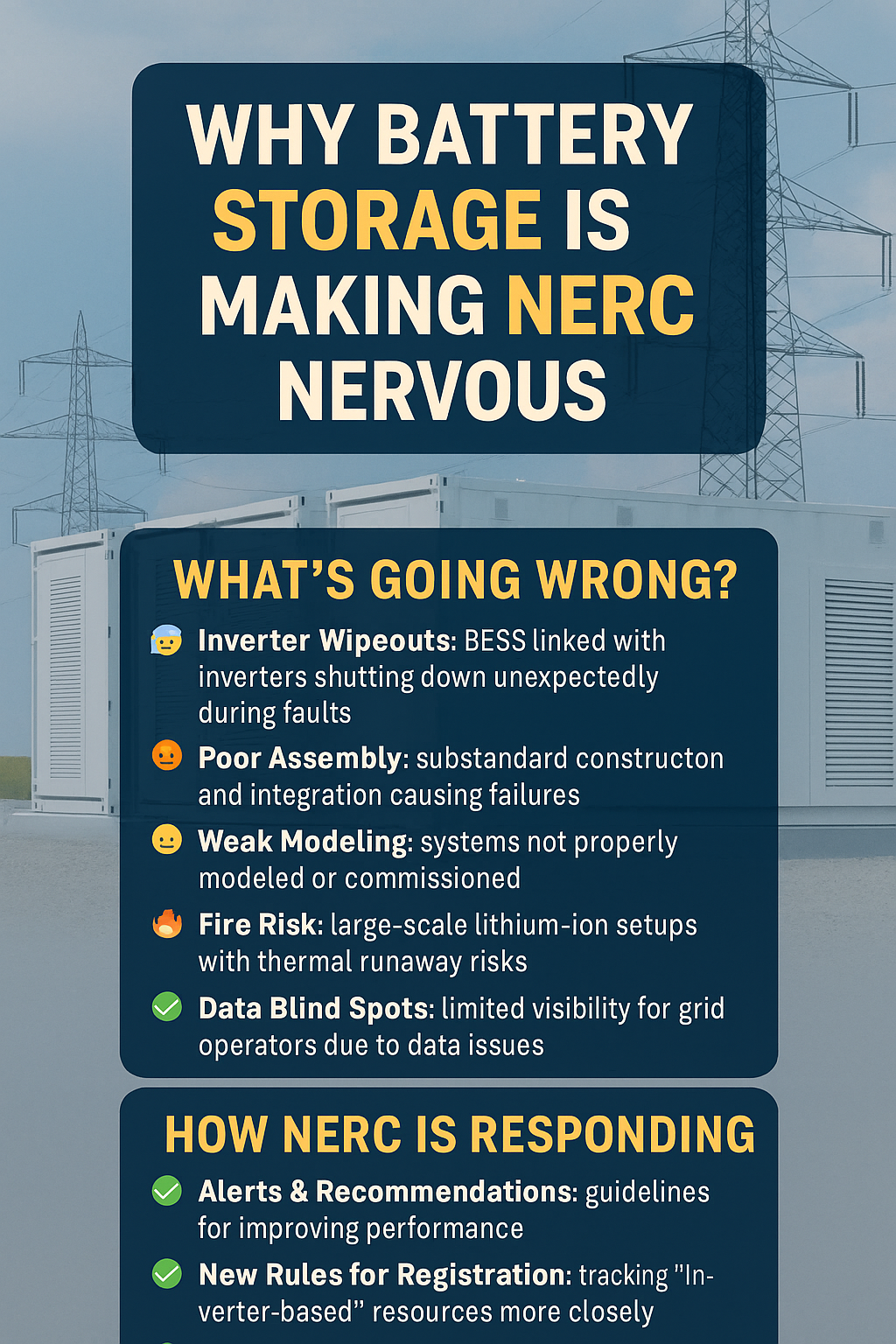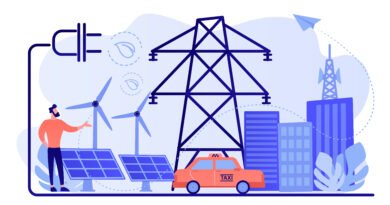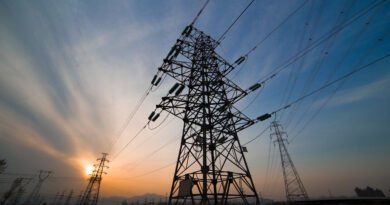Why Battery Storage Is Making NERC Nervous
NERC Battery Storage Concerns are driving lots of change for NERC rules and power plant requirements in 2025 and 2026. Battery Energy Storage Systems (BESS) and Inverter-Based Resources (IBRs) are booming across North America’s power grid. But while they promise flexibility and clean energy, they’ve also caught the attention of the North American Electric Reliability Corporation (NERC)—and not always for the right reasons.
Recent grid events have shown that BESS and IBRs don’t always behave as expected, creating NERC Battery Storage Concerns. In some cases, they’ve tripped offline during disturbances, leaving the grid more vulnerable when it needed support the most. NERC’s response? Investigations, new rules, and a whole lot of guidance.
NERC Battery Storage Concerns – What’s Going Wrong?
🔌 Inverter Wipeouts:
BESS linked with inverters can shut down unexpectedly during faults—causing more instability, not less.
🧰 Poor Assembly:
A lot of failures come from substandard construction and integration. Think rushed installations, bad cabling, or weak safety protocols.
📊 Weak Modeling:
Many systems aren’t properly modeled or commissioned. That means operators don’t know how they’ll behave in real-world grid conditions.
🔥 Fire Risk:
Large-scale lithium-ion setups carry thermal runaway risks—and utilities are (rightfully) concerned about fire safety.
📉 Data Blind Spots:
Operators need accurate SCADA data to keep the grid in check, but some BESS setups offer limited visibility due to software or design gaps.
Table: NERC’s Concerns and Actions on Battery Storage Systems (BESS)
| Issue | Explanation | Status |
|---|---|---|
| Inverter Wipeouts | BESS linked with inverters can unexpectedly shut down during faults, increasing grid instability. | 😬 |
| Poor Assembly | Substandard construction and integration often lead to operational failures and system faults. | 😡 |
| Weak Modeling | Many BESS are not accurately modeled or properly commissioned, making performance unpredictable. | 😕 |
| Fire Risk | Large lithium-ion battery setups carry risk of thermal runaway and fire incidents. | 🔥 |
| Data Blind Spots | Limited SCADA data and monitoring make it hard for operators to track system behavior in real-time. | ✅ |
How NERC Is Responding
- Alerts & Recommendations:
NERC has warned owners and operators of IBRs to improve modeling, ride-through, and system testing. Amongst other factors, NERC Battery Storage Concerns are driving this requirement. - New Rules for Registration:
With FERC’s blessing, NERC introduced new categories (GO-IBR and GOP-IBR) to track inverter-based resources more closely. - Guidance Documents:
From best practices to commissioning tips, NERC has published several reliability guidelines aimed at improving BESS performance. - Ongoing Research:
The work isn’t done. NERC is still digging into the data and working with industry players to find fixes and avoid future surprises.
Table: How NERC Is Responding
| Action Area | Details |
|---|---|
| Alerts & Recommendations | Issued to improve BESS and IBR performance, ride-through, and commissioning practices. |
| New Rules for Registration | GO-IBR and GOP-IBR categories introduced to bring more IBR systems under compliance oversight. |
Why It Matters
As the grid leans more on storage and renewables, compliance and performance standards have to keep up and NERC Battery Storage Concerns must be addresses. For developers, that means better design and commissioning. For utilities, it means choosing partners and platforms that can ride through the storm—literally.
Stay tuned as GO-IBR.com Research continues to track how NERC, FERC, and the industry are reshaping the future of grid reliability.
Explore our latest coverage at:
go-ibr.com/research




